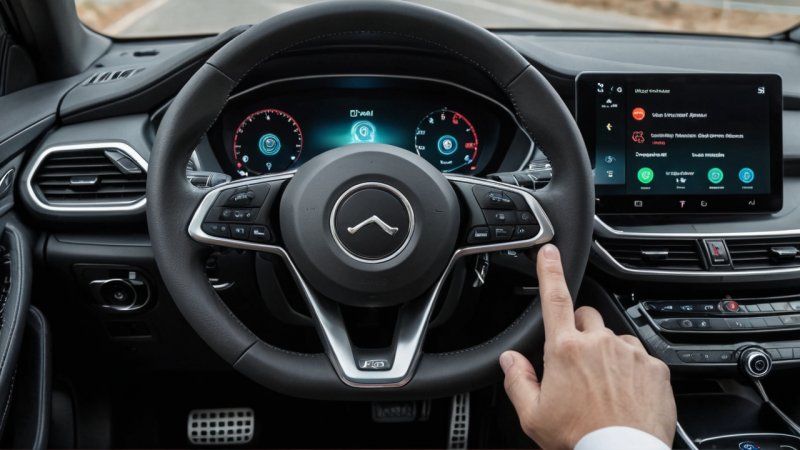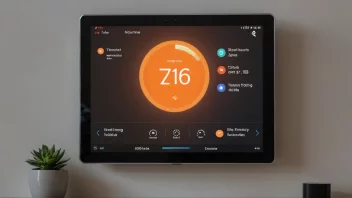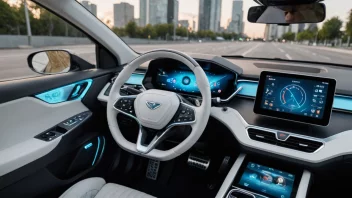In today's world, where vehicles are becoming increasingly connected and technologically advanced, the importance of automotive cybersecurity cannot be overstated. With features like smart infotainment systems, vehicle-to-vehicle communication, and autonomous driving technologies, cars are more vulnerable than ever to cyber threats. It’s essential for every car owner to understand how to protect their vehicle from potential attacks. Here are five essential tips to enhance your vehicle's cybersecurity and ensure a safer driving experience.
1. Keep Software Up to Date
Just like any other technology, your car's software needs regular updates to stay secure. Manufacturers often release patches to fix vulnerabilities that could be exploited by hackers. Here’s how to stay updated:
- Check your vehicle's settings to see if there is an option for automatic updates.
- Visit the manufacturer's website to find out about recent updates or recalls.
- Connect your vehicle to Wi-Fi when available to download updates easily.
2. Use Strong Passwords
Modern vehicles often come with apps that allow you to control various features remotely. To protect access to these features, ensure that you use strong, unique passwords. Consider these tips:
- Create a password that includes a mix of letters, numbers, and special characters.
- Avoid using easily guessable information, such as birthdays or names.
- Consider using a password manager to keep track of your passwords securely.
3. Disable Unused Features
While tech features can enhance your driving experience, they can also present security risks if not properly managed. If you’re not using certain functions, disable them:
- Turn off Bluetooth when not in use to prevent unauthorized access.
- Disable remote access features if you rarely use them.
- Consult your vehicle’s manual on how to manage these settings effectively.
4. Be Wary of Public Wi-Fi
Connecting to public Wi-Fi may seem convenient, but it can expose your vehicle to potential cyber threats. Here are some precautions:
- Limit the use of public Wi-Fi for your vehicle’s systems.
- Consider using a VPN to encrypt your connection if you must connect.
- Always log out of your accounts after using public connections.
5. Monitor Vehicle Activity
Keeping an eye on your vehicle’s behavior can help you spot potential issues early. Consider these monitoring tips:
- Use apps associated with your vehicle to track performance and alerts.
- Regularly review vehicle logs for any unusual activity.
- Consult with a professional if you notice any discrepancies in performance.
In conclusion, as vehicles continue to evolve with advanced technology, it is crucial for owners to remain vigilant about automotive cybersecurity. By keeping software updated, using strong passwords, disabling unused features, avoiding public Wi-Fi, and monitoring vehicle activity, you can significantly reduce the risk of cyber threats. Implementing these strategies not only enhances your vehicle's security but also ensures a safer driving experience.






